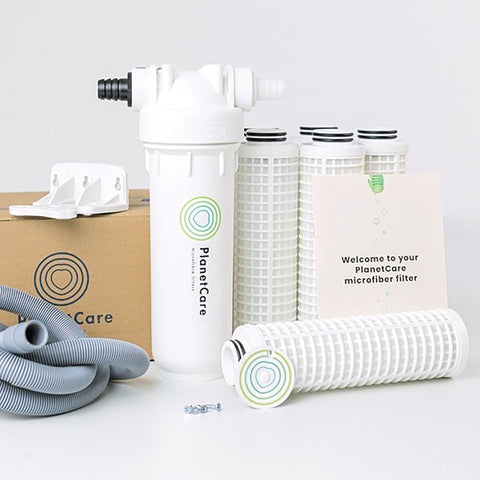It’s the 1st September which means that it is officially autumn, according to the meteorological calendar and that means it’s time to start thinking about draught proofing!
As we all well know, the nights will start drawing in a little earlier, the temperatures will drop (we don’t know about you but we can already feel it!) and we will all start spending a little bit more time indoors *sob*. As it becomes colder, naturally our houses become colder too which causes many of us to turn on or turn up our heating. With that, comes an increase in our energy costs.
This year particularly could be more expensive than past years with many of us continuing to work from home and therefore requiring heating throughout the day. Comparison site, EnergyHelpLine has said that the average £98 per month UK energy bill will rise by £29. Pretty staggering, right?
However, panic not, because there are ways you can reduce your energy bills and intelligent draught exclusion is one of the most effective methods. Draught proofing stops the flow of warm air out of your home and the cold air getting in which means your house will retain more heat and your heating system will be able to work more efficiently. Effective draught proofing will also help to reduce your CO2 output which is great for the environment and even more of a reason to think about doing it in your home.
But how does warm air escape? And how can you ensure you draught proof your home effectively to stop the escaping of warm air? Well, here are the answers.
How does warm air escape my home?
Air-flow in a building is complicated, with multiple ways in for cold air and routes out for warm air. When warm air flows out of a building, cold air will be pulled in to replace it, as you can see in the image below. Draught proofing works to ensure this does not happen. Instead, warm air stays within the building and works to heat the home efficiently.
There can be multiple sources of warm air escaping your home but here are some of the main ones:
- Through a chimney
- Through letterbox openings
- Around windows
- Around or under doors
- Through keyholes
- Through holes drilled for pipe work
- Through electrical fittings
- Through plug socket gaps
- Through uninsulated walls
- Through gaps between floorboards
- Around loft hatches
- At ceiling to wall joints
- Through gaps behind beams
How can I detect where the draughts in my house are coming from?
Now this can be hard to know exactly where they are coming from but we would suggest starting with your chimney. If you have an open chimney, this is likely to be the single biggest source of air loss in your home. It is comparable to leaving a window open all the time, except that the passage of warm air out is exacerbated by a phenomenon known as the stack effect.
The stack effect? We’ll explain…
Diagram courtesy of Building Science for Building Enclosures, 2005, J.F. Straube and E.F.P. Burnett, published by Building Science Press
Chimneys are designed to draw air out of a building so that if a fireplace is in use, the smoke travels straight up and out rather than into your house. The Buildings Research Establishment (BRE) states that an average of 80 cubic metres of air travel up a chimney per hour, even if you do not have an active fireplace. This volume of air needs to be replaced, so cold air is pulled in from other leaky parts of the building, such as around doors and windows, or through vents that need to be left open. Block the chimney with a chimney draught excluder (like our Chimney Sheep®!) and these cold draughts are significantly and immediately reduced.
Once you’ve got your chimney draught proofed, you can start looking at other quick fixes. A Smoke Pencil is a really easy way of doing this. It is an ingenious gadget for pinpointing air leaks and tracking down hard-to-find gaps. Once you’ve found those pesky air leaks, you can start thinking about ways to draught proof them effectively.
How can I ensure I’m draught proofing my house effectively?
Basically, you want to block off any gap that is causing a draught which will stop warm air escaping and cold air coming in.
There are different things for different parts of your house, but here are a few that should really help:
And that’s all there is to it!
We have lots of products in our shop that will help you ensure your house is draught proofed effectively – Chimney Sheep®, Smoke Pencils and other draught exclusion methods too.
Draught proofing, TICK. Saving energy, TICK. Reduced energy bills, TICK.






